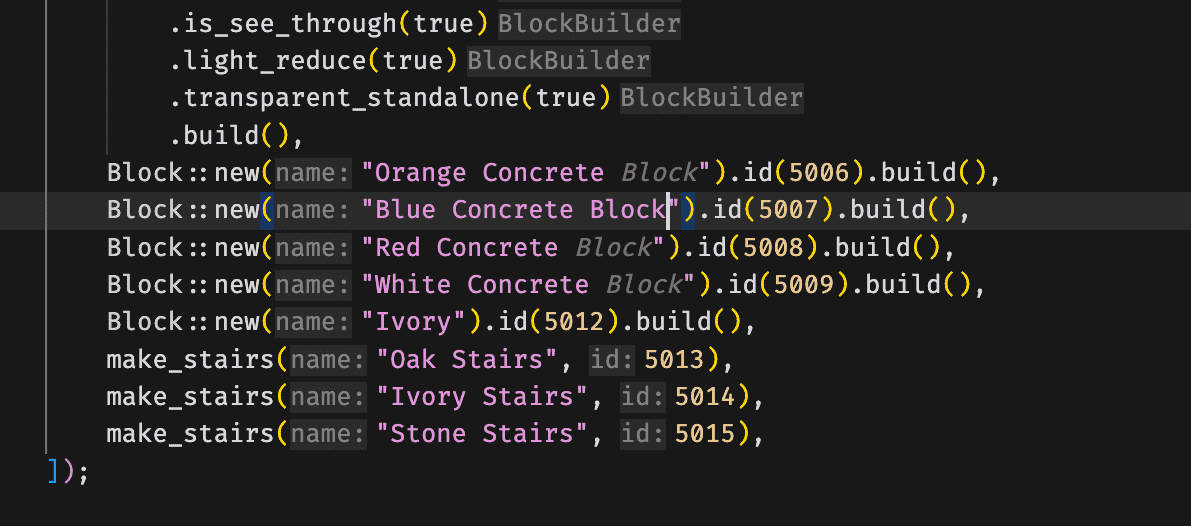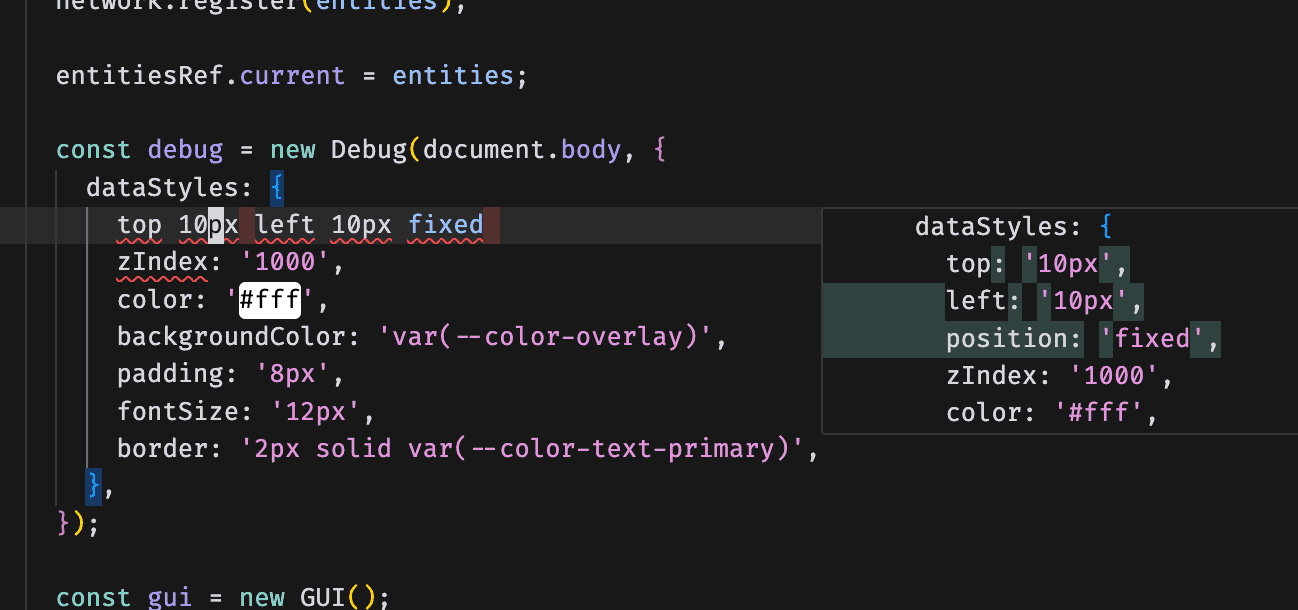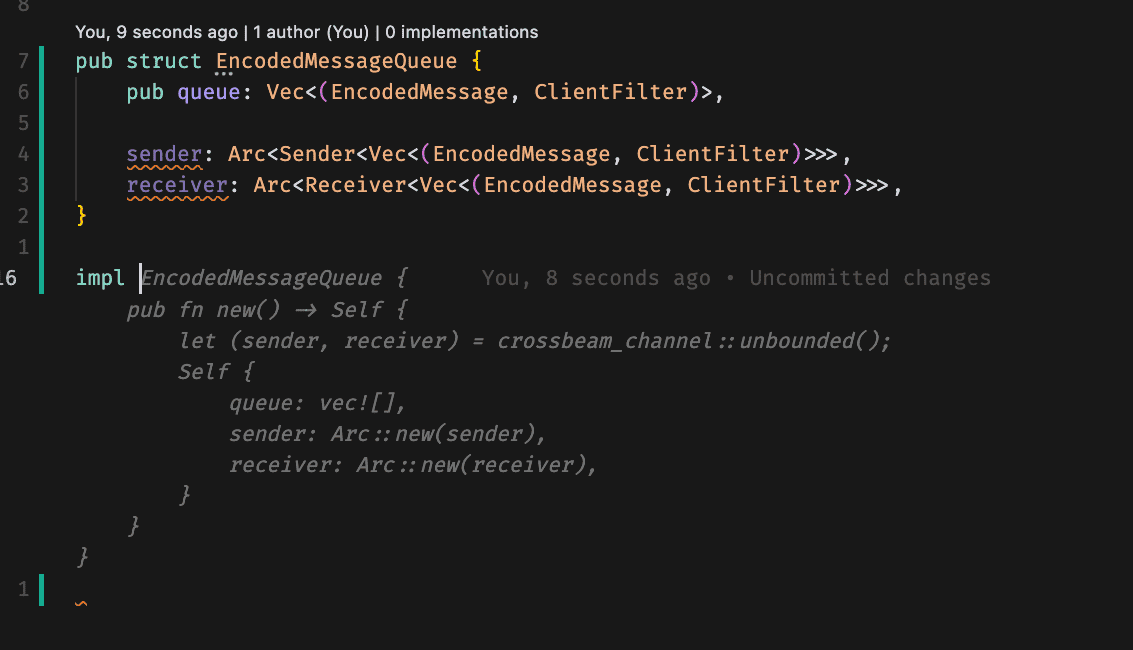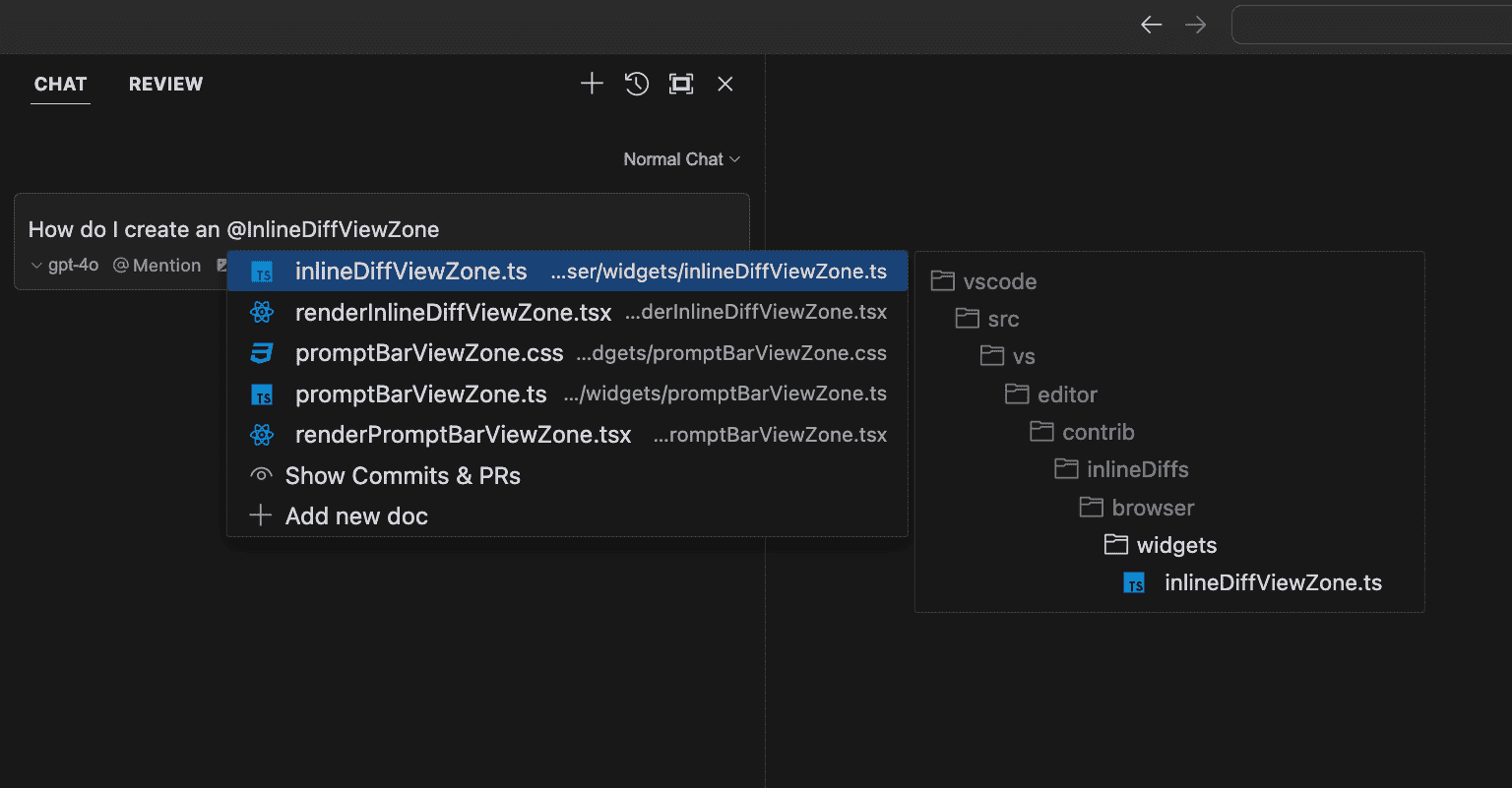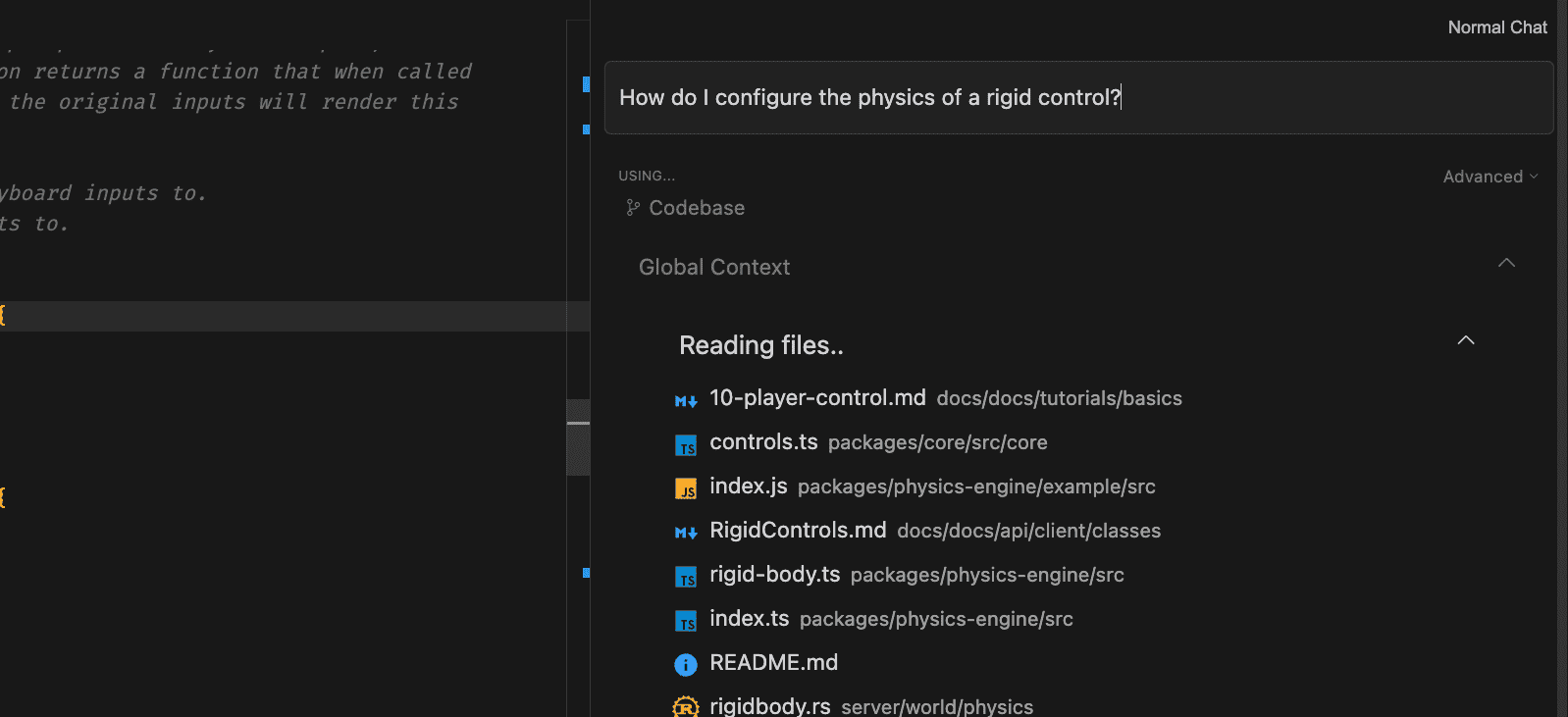Why Developers Are Switching from GitHub Copilot to Cursor
- Name
- Monica Powell
Updated on

In the rapidly evolving landscape of AI-assisted coding tools, a new contender has emerged that's capturing the attention of developers worldwide: Cursor. While GitHub Copilot has been a staple in many programmers' toolkits, an increasing number are making the switch to Cursor. But what exactly sets Cursor apart? And why are seasoned developers leaving behind a tool as established as GitHub Copilot?
In this article, we'll delve into the core advantages of Cursor, focusing on its unparalleled code modification capabilities and intuitive context reference features. We'll also explore how these functionalities translate into a more efficient and seamless coding experience.
The Essence of Cursor's Superiority
At its core, Cursor outshines GitHub Copilot in two fundamental areas:
- Code Modification Ability
- Contextual Reference Capability
These aren't just incremental improvements; they're game-changers that redefine how developers interact with their code and AI assistants.
1. Code Modification Ability: Cursor's Core Advantage
Imagine you're writing an article. Inserting new paragraphs at the end is helpful, but the real magic happens when you can seamlessly edit and enhance existing content. The same principle applies to coding:
- Inserting Code: Adding new functionalities or features at the end of your program.
- Modifying Code: Optimizing or correcting existing code to improve performance, fix bugs, or refactor for better readability.
While both actions are essential, the ability to modify code on the fly fundamentally changes the development experience. With Cursor's code modification capabilities, you essentially have a coding assistant ready to refine your existing code—not just append new lines.
How Cursor Enhances Code Modification
Cursor's code modification features manifest in several impactful ways:
-
Multi-line Editing: Cursor can suggest modifications across multiple lines based on your current code context. Simply press the Tab key, and Cursor will assist you in making the changes.
Example: Suppose you're refactoring a function and need to update variable names across several lines. Cursor recognizes the context and suggests the necessary changes, saving you time and reducing the risk of errors.
-
Inline Editing: Using the shortcut Ctrl/Cmd + K, you can select a block of code and input specific modification instructions. Cursor intelligently applies your directives to the selected code.
Example: If you want to optimize a loop or adjust a conditional statement, highlight the relevant code, invoke the shortcut, and instruct Cursor to "optimize this loop for performance." Cursor will then provide the modified code for your approval.
-
Intelligent Prediction: Cursor anticipates your next steps based on recent modifications and suggests corresponding changes.
Example: After renaming a variable from
updatestoupdatesToServer, Cursor identifies other instances where the variable should be updated and offers suggestions, allowing you to accept them with a simple keystroke. -
Composer Feature: Currently in beta, the Composer function allows for simultaneous editing and generation across multiple files. This is particularly beneficial in complex projects where changes in one file may impact others.
These capabilities collectively make Cursor a more holistic tool for code modification, offering a level of interactivity and intelligence that enhances productivity.
2. GitHub Copilot's Limitations
While GitHub Copilot has been revolutionary in AI-assisted code generation, it primarily focuses on code insertion based on context. Its functionality is largely confined to appending new code, which, while useful, lacks the dynamic editing capabilities that Cursor offers.
In GitHub Copilot's official documentation, a common use case is:
function calculateDaysBetweenDates(begin, end) {
// Copilot suggests the rest of the function here
}Copilot efficiently generates the body of the function but doesn't assist in modifying existing code within that function or elsewhere in your codebase.
Contextual Reference Capability: More Intuitive and Powerful
Understanding and leveraging context is crucial in programming. Cursor excels in this area by providing a more intuitive and robust context reference system.
Cursor's @ Symbol Reference
Within Cursor's AI input interface (activated via shortcuts like Cmd + K, Cmd + L, or in the terminal with Cmd + K), typing the @ symbol brings up a suggestion list of contextually relevant options. This list dynamically filters based on your input, presenting you with the most pertinent choices.
The available context options are clearly labeled, allowing you to see at a glance what each represents. These options cover a comprehensive range of contexts, including:
- Current File: References within the file you're actively working on.
- Open Files: Context from other files you have open.
- Entire Codebase: Global code references, thanks to Cursor's local indexing of your project.
Advantages of Cursor's Contextual System
- Comprehensiveness: Cursor's context options cover virtually all scenarios you might encounter during development.
- Local Indexing: By indexing your project locally, Cursor ensures quick access to context without compromising privacy or relying on remote servers.
- Ease of Use: The
@symbol system is straightforward and reduces the learning curve associated with more complex reference methods.
GitHub Copilot's Complex Reference Methods
GitHub Copilot offers context referencing through "Chat Participants" and "Chat Variables," using @ and # symbols, respectively. This dual-symbol system can be confusing and less intuitive, with a limited range of context options compared to Cursor.
Furthermore, GitHub Copilot relies on remote APIs for context retrieval, which can be slower and may raise privacy concerns about sending proprietary code to external servers.
The Impact on Development Workflow
The differences between Cursor and GitHub Copilot aren't just technical; they have practical implications for your development workflow.
- Efficiency: Cursor's ability to modify existing code reduces the time spent on refactoring and debugging.
- Fluidity: The seamless integration of context references means less time searching for code snippets or function definitions.
- Intelligence: Cursor's predictive capabilities adapt to your coding style and project structure, offering more relevant suggestions over time.
- Privacy: With local indexing, your code stays on your machine, mitigating risks associated with sending proprietary code to external servers.
Conclusion
Cursor represents a significant leap forward in AI-assisted coding tools. By focusing on code modification and contextual understanding, it provides a more interactive and intelligent coding assistant than GitHub Copilot.
If you're seeking a tool that not only accelerates code generation but also enhances code modification and understanding, Cursor is worth exploring. It may just revolutionize your coding experience, offering an unprecedented level of efficiency and enjoyment.
